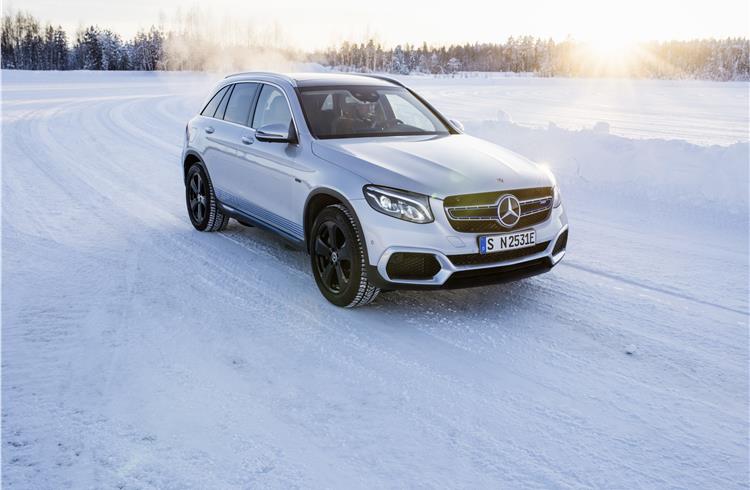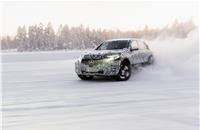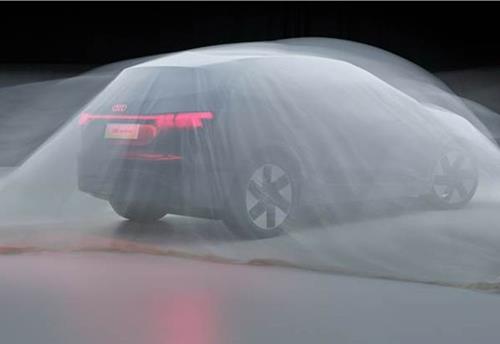Mercedes-Benz EQC and GLC F-Cell get the Arctic Circle test treatment
The company has been testing each new model under extreme conditions near the Arctic Circle for decades – in icy temperatures down to minus 35 degrees Celsius, on snow-covered roads, and on sheer ice on frozen lakes.
Mercedes-Benz is launching its electric offensive. At the 2017 International Motor Show (IAA) in Frankfurt, the company presented a milestone on the road to emission-free driving in the shape of the pre-production versions of the GLC F-Cell - the world's first electric vehicle to combine a fuel-cell and a plug-in battery in the powertrain.
2019 will see the market launch of the EQC - the first fully battery-electric Mercedes-Benz production model from the new product and technology brand EQ. On the road to series production, prototypes have now successfully completed winter testing in northern Sweden.
Before a new Mercedes-Benz model goes into production, it needs to pass a series of tough and thorough tests: in addition to the winter testing in northern Sweden, there are of course summer tests in southern Europe and the USA as well as worldwide endurance road tests.
The company has been testing each new model under extreme conditions near the Arctic Circle for decades – in icy temperatures down to minus 35 degrees Celsius, on snow-covered roads, and on sheer ice on frozen lakes. To this end, Mercedes-Benz has set up a test centre in the small northern Swedish town of Arjeplog in Lapland. In addition to the road testing in the far north, tests take place there on specially set-up testing tracks. Demanding hill climbs with gradients of up to 20 percent, testing tracks with varying coefficients of friction, handling courses, and skid pads on the almost sheer ice of the frozen lake pose the stiffest of challenges for the powertrain and control systems.
For a new Mercedes-Benz model, validation of the entire vehicle includes a programme of over 500 individual tests. In the case of electric vehicles, the standard procedure is supplemented by numerous powertrain-specific tests developed specifically for the new powertrain technologies. New challenges for an electric vehicle include the output of the electric motor during cold starting and with a cold battery, the cold-starting properties of a fuel cell (stack), the vehicle's range under the customer's normal operating conditions, handling of charging cables, pre-entry climate control, and the operating strategy complete with recuperation. Added to this is the specific tuning of the vehicle dynamics and the ESP system.
To enable testing of different customer requirements and battery-charging profiles, the test centre in Arjeplog offers the full range of charging options: from simple domestic mains outlets to wall boxes to quick-charging stations. There is also a good supply of hydrogen, of course.
RELATED ARTICLES
Netradyne expands UK operations via partnership with Intelex
The collaboration between Netradyne and Intelex marks a substantial leap forward in advancing road safety and fleet mana...
Audi Q6L e-tron, Q5 e-tron RS, SQ6 coming to Beijing motor show 2024
Long-wheelbase Audi Q6 e-tron, SQ6 based on PPE platform.
Sona Comstar opens new plant in Mexico to cater to growing EV demand in N America
The new facility, set up to meet the growing demand for high-quality driveline solutions for BEVs in North America, will...





 By Autocar Pro News Desk
By Autocar Pro News Desk
 03 Mar 2018
03 Mar 2018
 2774 Views
2774 Views














